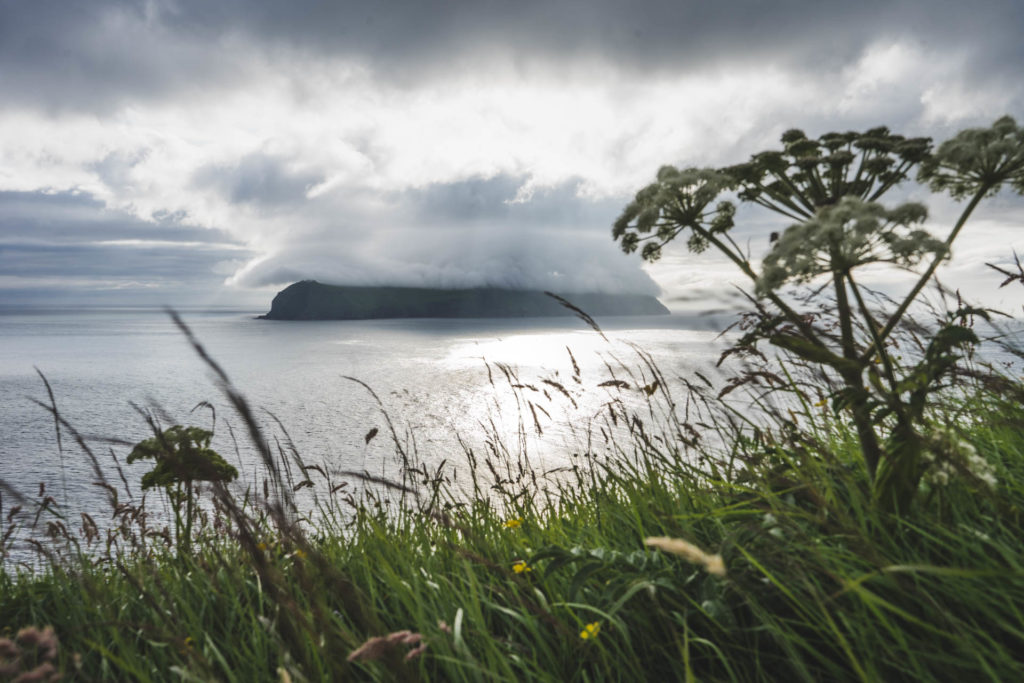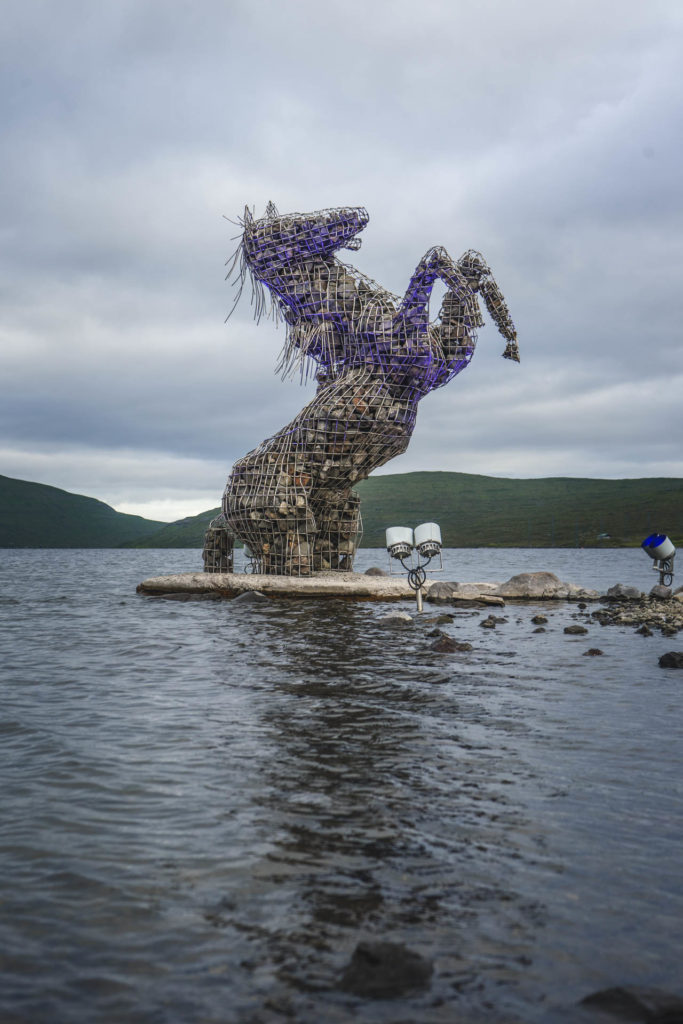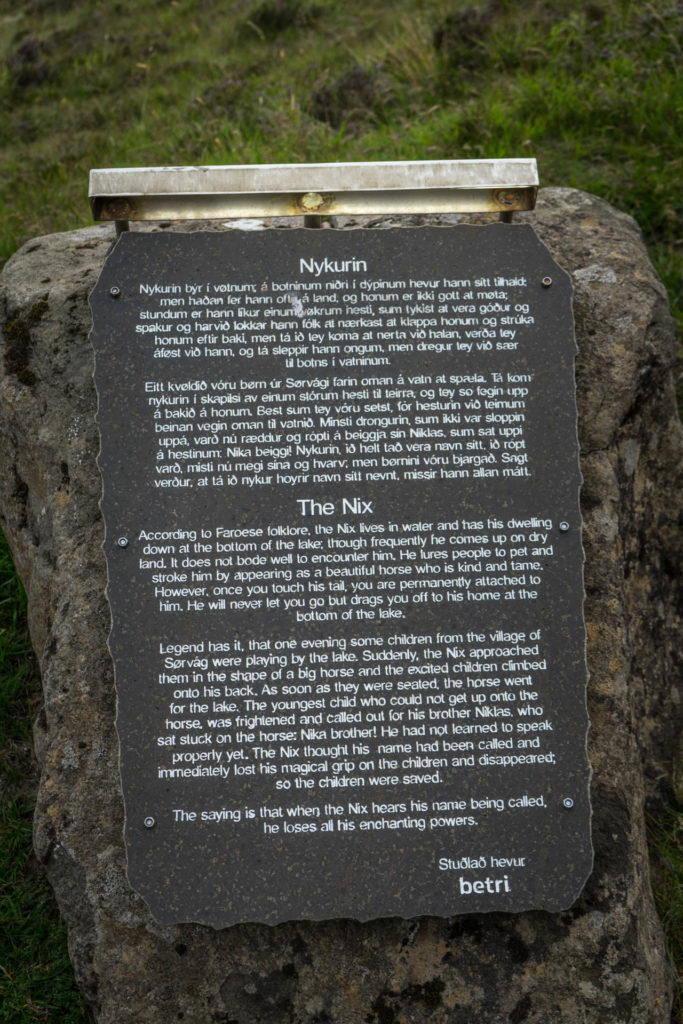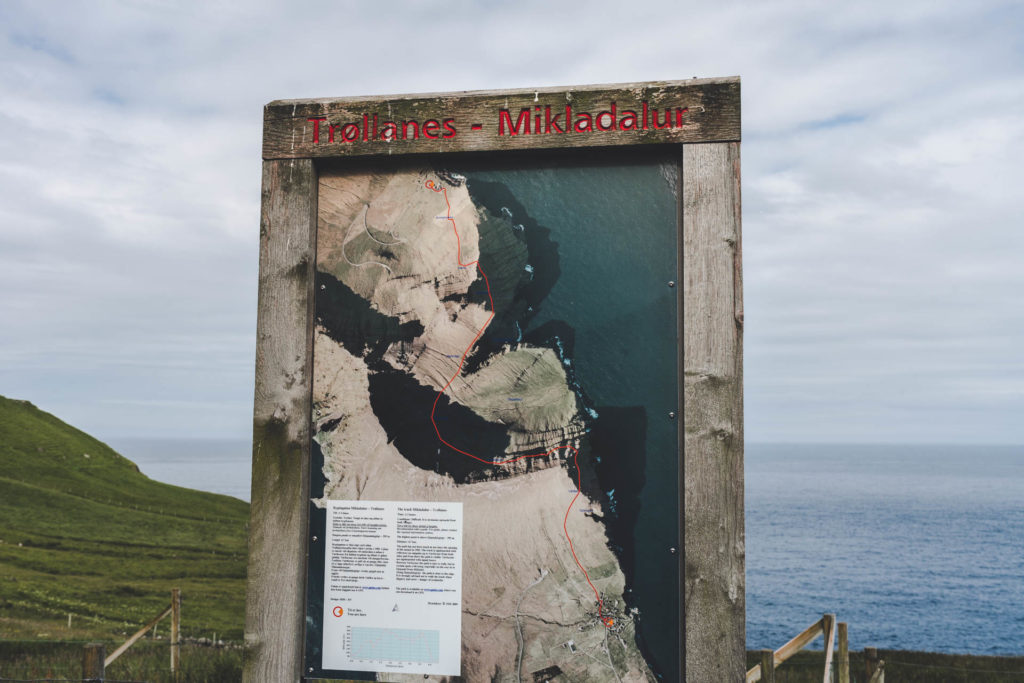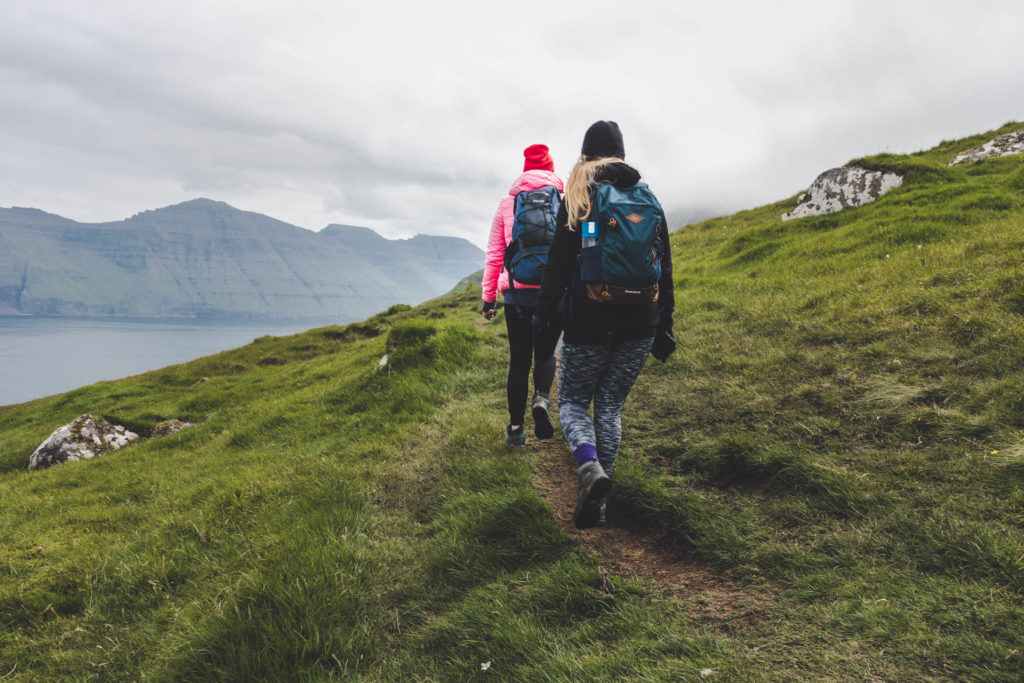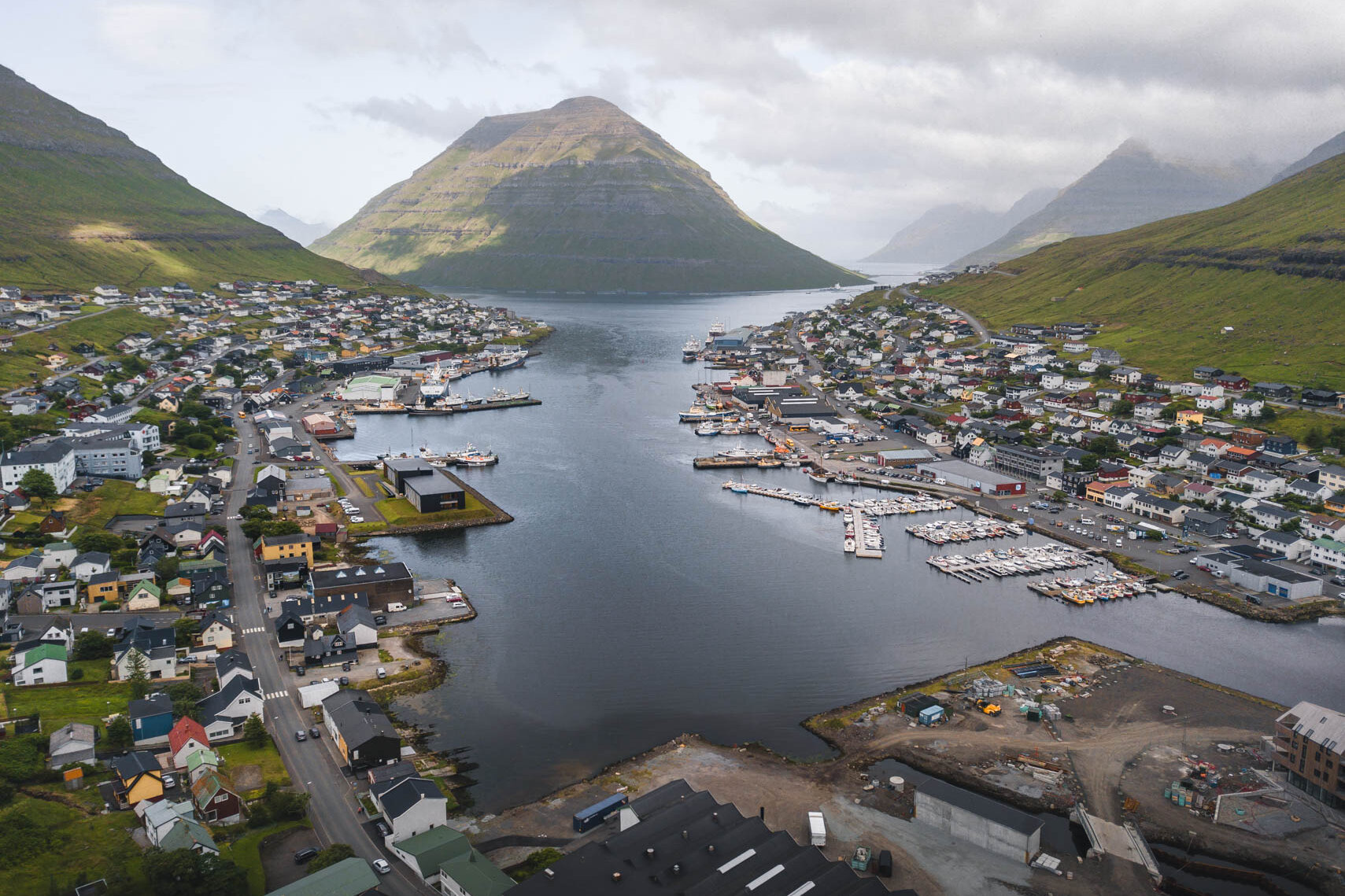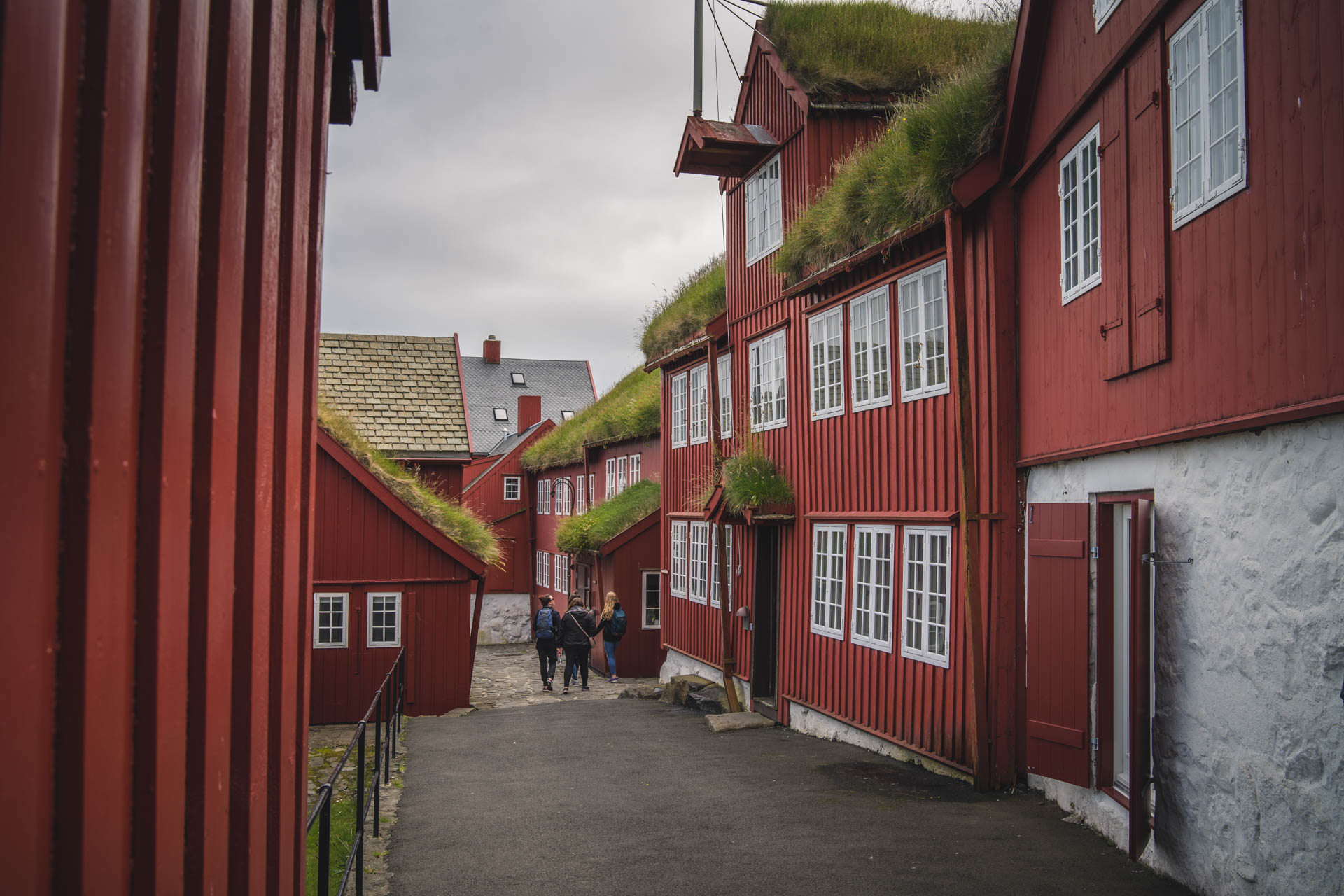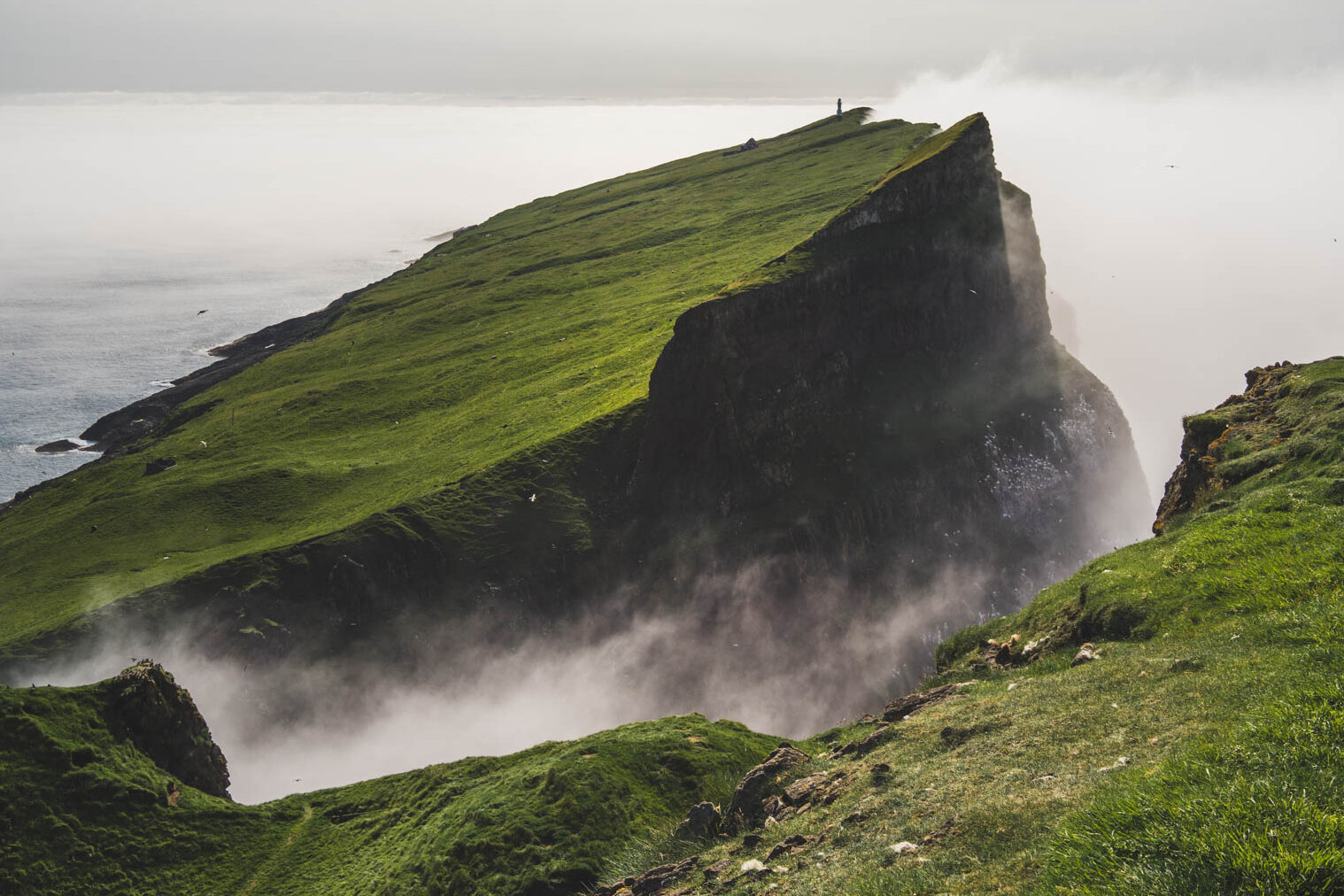It seems I can’t stop writing about the Faroe Islands. I’ve already gathered some general travel information about costs and planning HERE and written two city guides – to Tórshavn and Klaksvík. This time I have a different kind of guide for you. A magical one. I’d like to invite you for a trip to places where trolls and giants used to bother people, I’ll let you know how to protect yourself from a dangerous lake spirit and why it’s best not to piss off seals. I’ll tell you everything I know about the Huldefólk. At the same time I’ll show you some breathtaking faroese landscapes. Let’s go!
Once every few month I need to feed the curiosity of the etnographer in me. Then I spend a sunday afternoon reading about traditions, customs, religions and culture of the countries I visit. When it comes to the Faroes Islands there’s not a lot of etnographic texts in English about the legends, myths and all things mystic. But there’s definitely a lot of mystery and magic in this tiny land. Every other rock has a name that relates to a Troll and a legend that goes with it. In several lakes and bays you can find statues depicting mysterious creatures that haunt the area regularly. You can also stumble upon the Hidden People, living under the rocks, who hate electricity, technology and Jesus. The mysterious atmosphere is intensified by weather conditions. Low hanging clouds and mists make you feel like mythical creatures can be lurking from any cave. During our trip to the Faroe Islands we managed to visit quite a few places that are inhabited by magical creatures or depicted in folk tales passed from generation to generation. Today I’d like to share with you an unconventional ‘mythical guide’ to Faroe Islands.
How were the Faroe Islands created?
The author of the book and blog called Farerskie Kadry, which I recommended in my first post about Faroe Islands, recalls two legends about the creation of the archipelago. According to the first of them, the islands were created out of the dirt from behing god’s nails that gathered while he created the world. The other one suggests that the archipelago was created after Jormungand, the son of Loki, a sea snake so long that it enveloped the whole world, was defeated. In this myth the Faroes Islands arose from a tooth that has fallen out of the mouth of a dying snake. Both versions sound equally disgusting.
Personally, I was not able to find any myths or legends (available online for free in English, because I don’t know Faroese) that would mention times earlier than the first human settlements. So, there is nothing else I can do but promise you that the land of sheep does not resemble neither dirty nails nor dirty teeth of a lizard. Don’t worry, the rest of the legends I mention in this blog post are of a less ‘physiological’ nature!
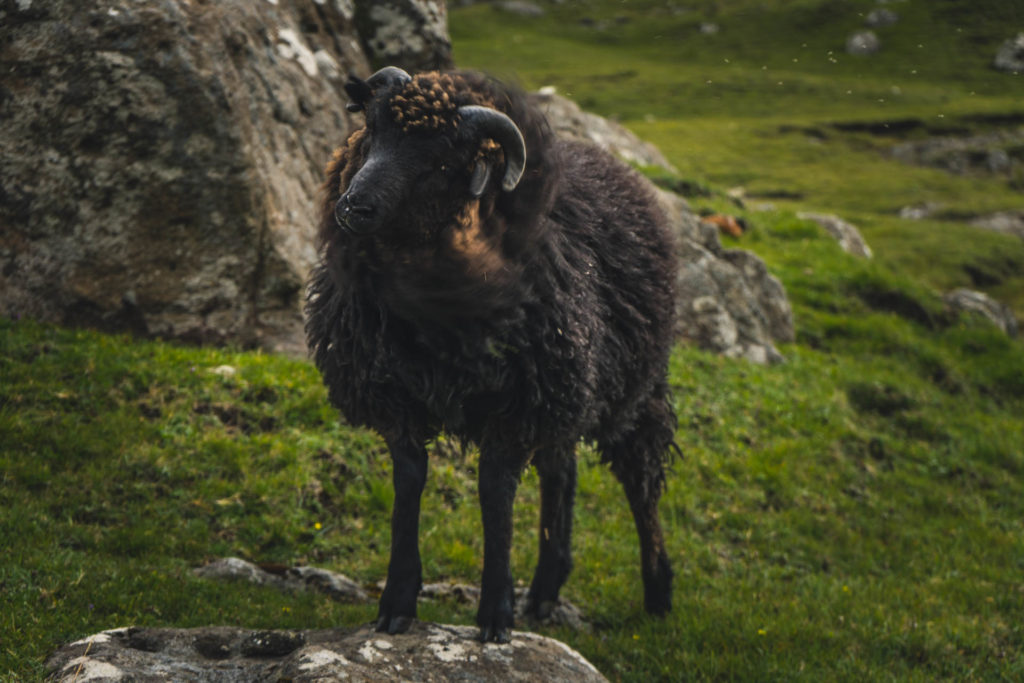
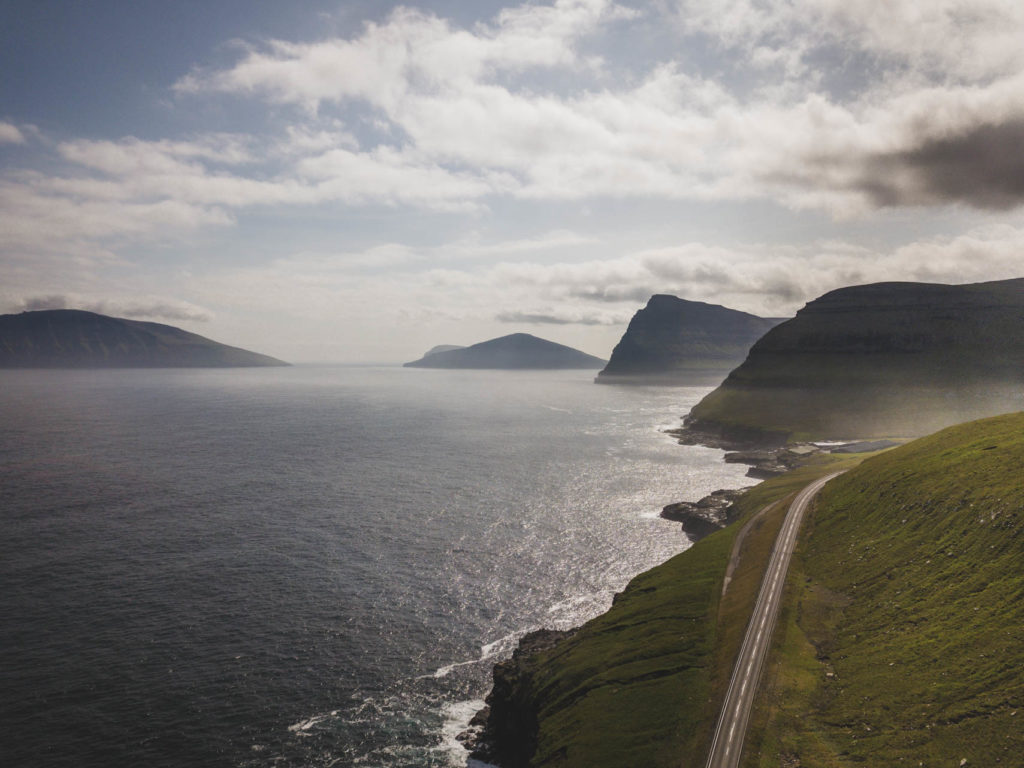
Your electric kettle doesn’t work? It must be the Huldufólk!
During my cultural anthopology studies at the University, Kirsten Hastrup was mentioned so often that after a while I wasn’t sure anymore if she’s an anthropologist or someone that attends the same classes I do. I felt like I know her personally. 😂 And with Kirsten Hastup come the Huldufólk. The Danish anthropologist has been researching Icelandic beliefs for years trying to make conclusion about the ’empirical truth’. In news the Huldufólk usually appear when the construction of yet another Icelandic highway is stopped due to the mysterious creatures’ doing. Or something that seems just as ridiculous in the modern world. But as I found out during my holidays in the Faroe Islands, the Huldufólk live there as well. And have for centuries. So who are they?
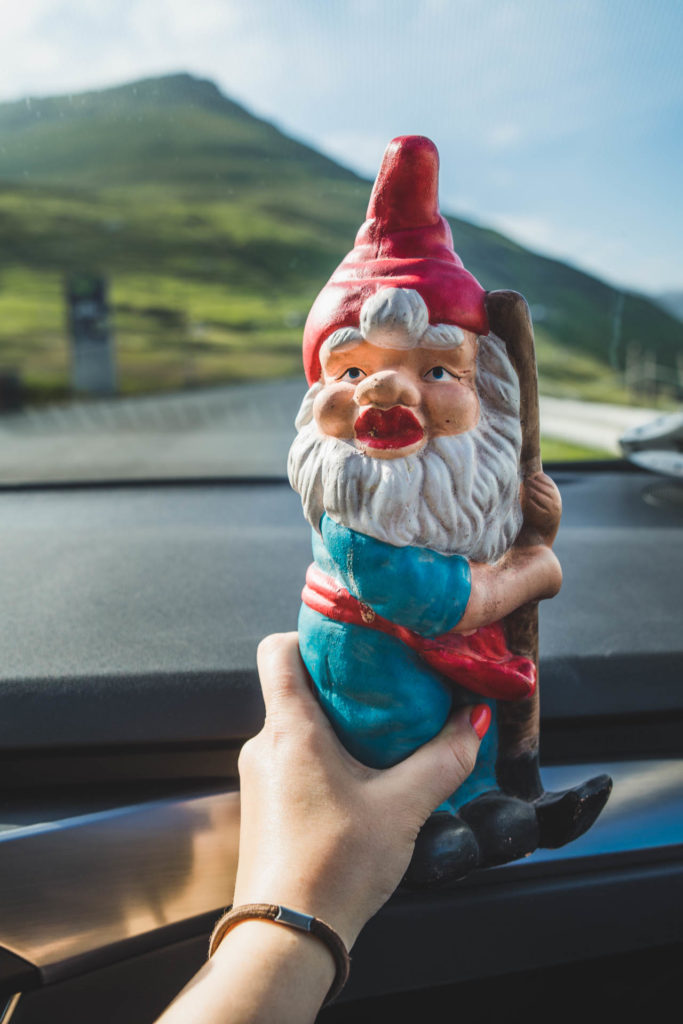
Huldufólk translates as the Hidden People. But they’re not really people. In folk tales they are described as grey haired elves. But they’re not really elves either. The Huldefólk are tricksters, they’re neither good nor bad but they can be mischevious. They don’t like electricity nor technology. That’s why if you can’t find your iPhone charger or, on a slightly bigger scale, your drilling gear malfunctions, it more than likely was caused by one of the Huldufólk. The biggest chance to meet one is on dark, foggy days and in remote areas. When asked about the Hidden People, Suðuroy residents claimed they had left the island with the introduction of electricity in the 1950s*. Now they only appear in the oral literature such as nursery rhymes, lullabies and short tales (skjaldur) and folk songs (kvæði). In Hulda, mulda, tulda nursery rhyme the Huldufólk are asked not to hide lost objects. In others, they are juxtaposed to characters from the Christian religion, whom they are supposedly afraid of. According to the legend of a farmer from the settlement of Kirkjubøur kidnapped by the Huldufólk, Hidden people are also afraid of knives. So pack a pocket knife when you go looking for them. Just in case.
*Stephen Pax Leonard Faroese skjaldur. An endangered oral tradition of the North Atlantic (2010)
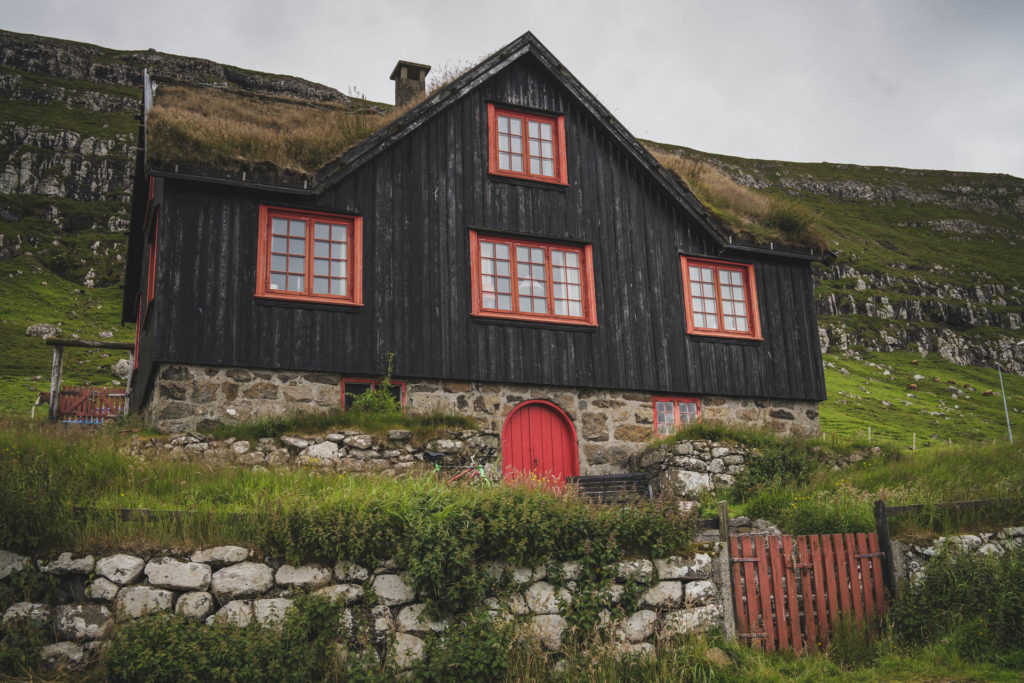
You dream of meeting the huldufólk but you don’t know where to find them? Personally, I am convinced that Marjun, who accompanied us during our trip, was the king of the Huldufólk, who decided it was not worth hiding. But you can start your search from the aforementioned Kirkjubøur located near the capital. According to the legend the Huldufólk took Símun to some nearby cliffs, it is not quite clear where exactly, and they’ve not been seen in the village ever since. But it’s worth visiting Kirkjubøur anyway as there’s world’s oldest inhabited wooden house (Kirkjubøargarður) located there. There must be something lurking in there. In addition, you can meet the Hidden People at Sørvágsvatn Lake, which you probably saw on Instagram. It’s the one that hangs epicly over the sea. There you can find a stone mound in which, according to a legend, some Huldufólk have been captued by a priest. Apparently, you can still hear their wailing.
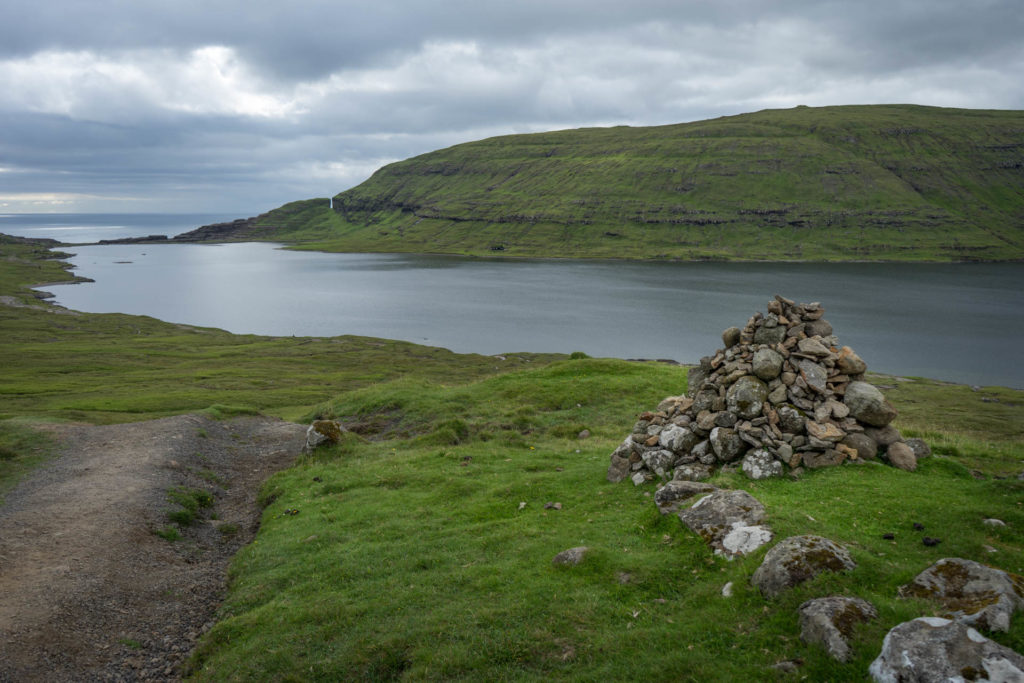
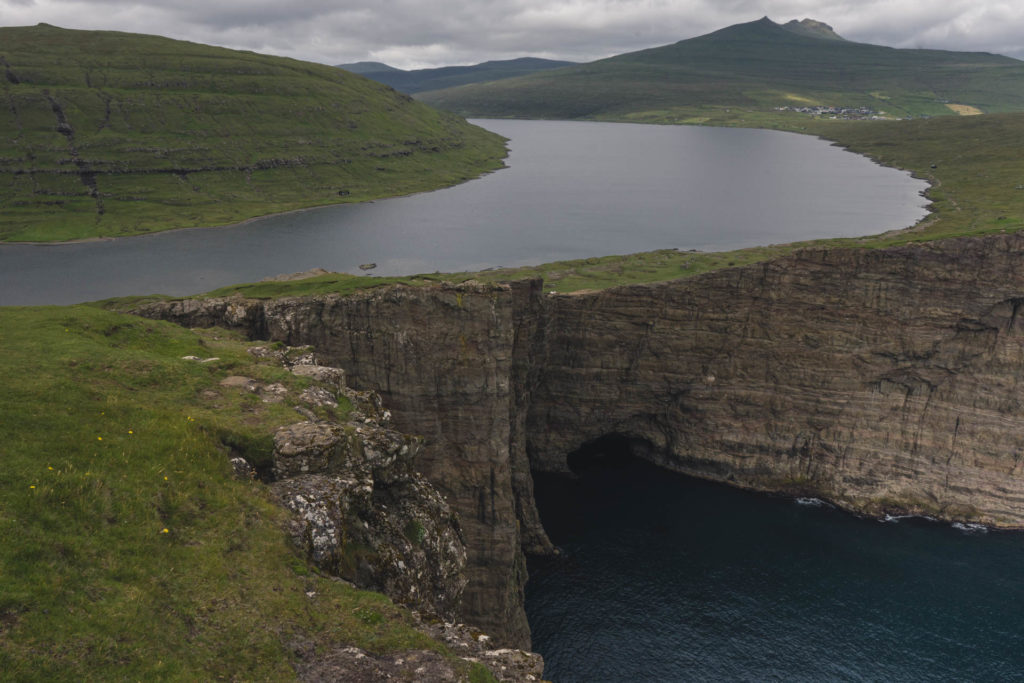

Nykur – Spirit of the Lake
While you are at Lake Sørvágsvatn, watch out for Nykur or Nix (as it’s called in English). In fact, be careful around any lake, as evil water spirits are said to be prowling in different water reservoirs. But it was on the shore of Sørvágsvatn that Nykur was immortalized in 2017 in the form of an illuminated sculpture created by Póla Skarðenni. The sculpture depicts him in the form of a horse, the form he takes in the most famous of legends, but Nykur is a shapeshifter and he can approach you in many different ways! What does he want? He seems to be bored a little and maybe a bit lonely as well, so he’s trying to lure people to live with him at the bottom of the lake. Fortunately, it’s quite easy to save yourself from being drowned by a mythical creature. According to the legend, you just have to say its name. As it happened in a tale of two brothers playing on the shore of the lake. The older one, that was tall enough, jumped on the horse and almost met his fate. Fortunately, the younger brother noticed his brother riding away. Although he did not know that the horse had bad intentions, he simply did not want his brother to play without him, so he called him by name. The boy kidnapped by Nykur happily was named Nick, which sounds almost like Nix. Hearing his name, the water spirit lost its power and withdrew to the lake alone, as the children, safe, remained on the shore.
Who needs Mermaids when you can have a Seal Woman?!
If you prefer good-looking women over grey-haired elves and crazy horses you might like the legend of Kópakonan, a Seal Woman whom a statue was raised in 2014. You can find it in the settlement of Mikladalur on Kalsoy island (which can only be reached by ferry from Klaksvík). It was there that the tragic story of the Seal Woman took place. If you believe this video, in which the short version of the Kópakonan legend is told, those who drown in the sea change into seal-people. Once a year, they are allowed to go ashore to dance and party. They then take off their seal skin for one night. The beautiful Kópakonan did just that, except at dawn she looked around for her skin and it turned out that some creep took it. Torkil (that is the name of the hero of the video linked above, I do not know if he had the same name in the legend), a fisherman from Mikladalur, watched Kópakonan dancing all night, and fell in love with her. He then decided he had to keep her ashore at all costs. So he locked her seal skin in a chest and kept the key on himself at all times. The Seal Woman married Torkil and gave birth to his children. They lived together and seemed happy. Until one day he went fishing and forgot to bring the key. This way Kópakonan regained her skin and returned to the ocean to her seal husband. She left human children ashore but still missed them, so once in a while a seal was seen watching the children playing on the shore.
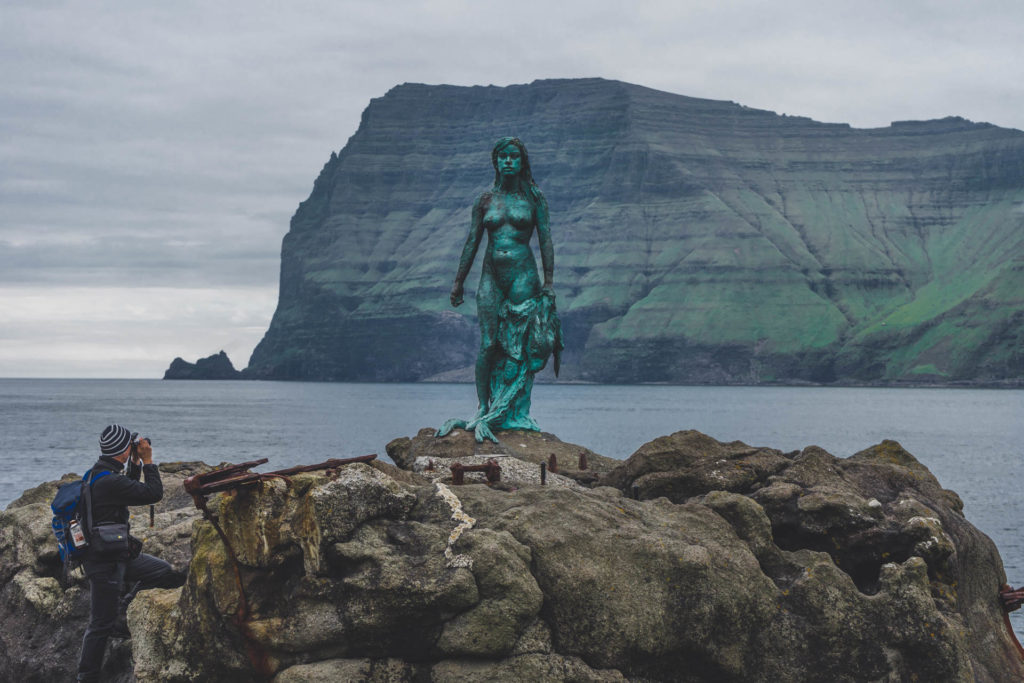
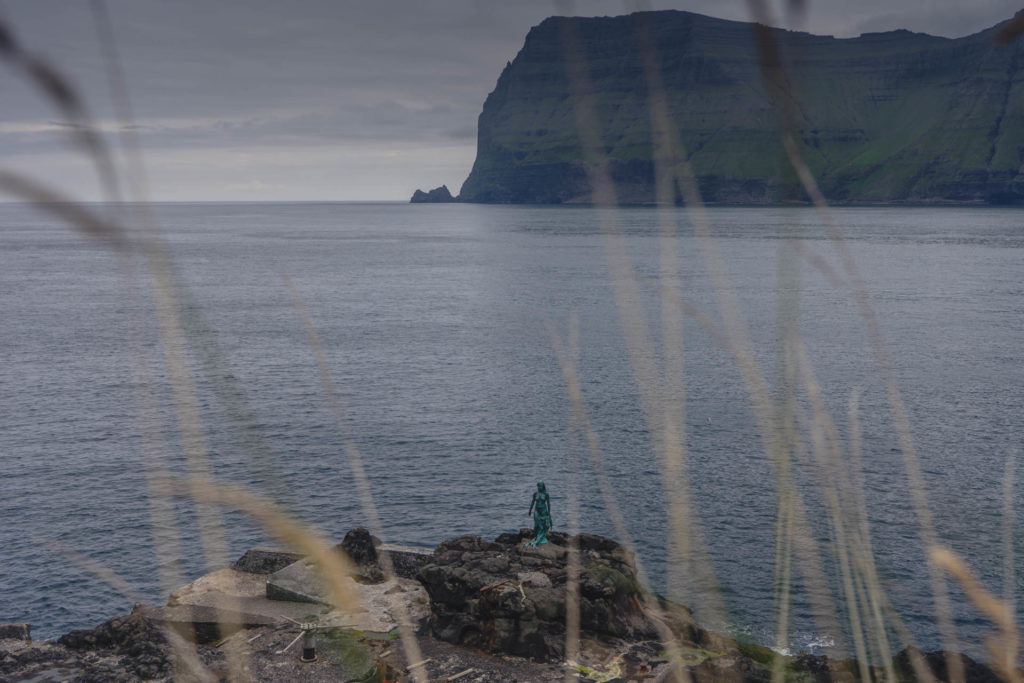
But that’s not the end of the story. Some time later, the abandoned Torkil went out to sea to fish for seals. Although Kópakonan appeared to him in his dream and asked him not to kill her seal husband and children, the fisherman did not listen. The whole story ended with Kópakonan cursing all men from Mikladalur. They will die at sea and fall off the cliffs until there’s enough dead people to encircle the island of Kalsoy with them holding hands. Ok, so a trapped woman, a murdered seal family and a whole lot of zombies holding hands? Cute. But it’s worth seeing the statue anyway 😉
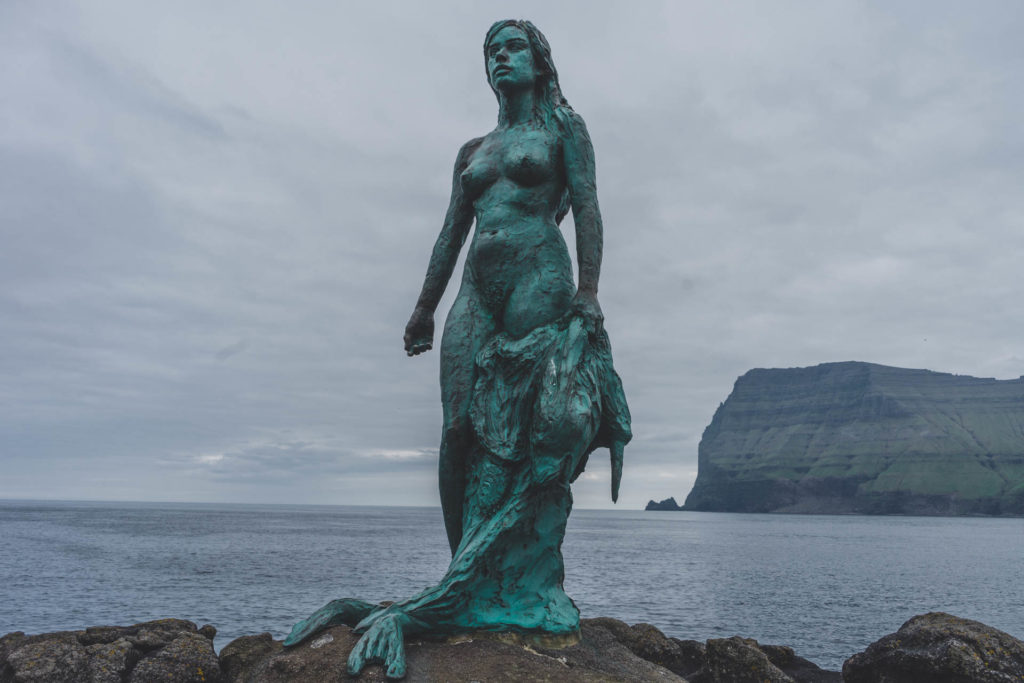
Troll Wars: Breaking up the Troll house party
When on Kalsoy be sure to check out the Kallur lighthouse, where the view is one of the best I’ve seen in my life. The route to the lighthouse begins in the settlement called Trollanes, which owes its name to some legendary events. Like the Seal People, Trolls would once a year come and wreak havoc in human world. It just so happened that the closest settlement on their way was the one on the island of Kalsoy. Every year they came back to party, to eat all the food they could find and just behave like college students at a music festival. Terrified, the people fled to Mikladalur, where, as you remember, you could die from a seal-woman’s curse, so in general it wasn’t the safest solution. This happened every year. Trolls struck, people ran away. Until one day, one of the inhabitants of the settlement was unable to escape. Hearing the Trolls approaching, she hid under the table and hoped they wouldn’t notice her. Trolls danced and made noise as per usual, and the woman sat terrified under the table. At one point she was so scared that she exclaimed “Christ!”, Then the Trolls fled the village and never came back.
Stone Giants
Once upon a time there were Giants in the Faroe Islands. Some lived there, others were just visiting. Among them were Risin i Kellingin, a Giant and a Witch. A legend tells how the giants in Iceland were envious of the Faroes and decided that they wanted to steal the archipelago and attach it to their land. So the Giant and the Witch were sent down to the Faroe Islands to pull them back with a rope towards Iceland. The Giants spent all night trying to tie the islands together, but after a long journey they were so tired that they did not manage to do that. Focused on work, they did not notice the sun rising. When they finally realized that it was almost dawn they tried to run away but were not quick enough. They turned into stone and have since been stuck on the north coast of the island of Eysturoy, near the town of Eiði, looking wistfully towards their home. They can be clearly seen from the surf beach at Tjørnuvík, the northernmost settlement of the Streymoy island.
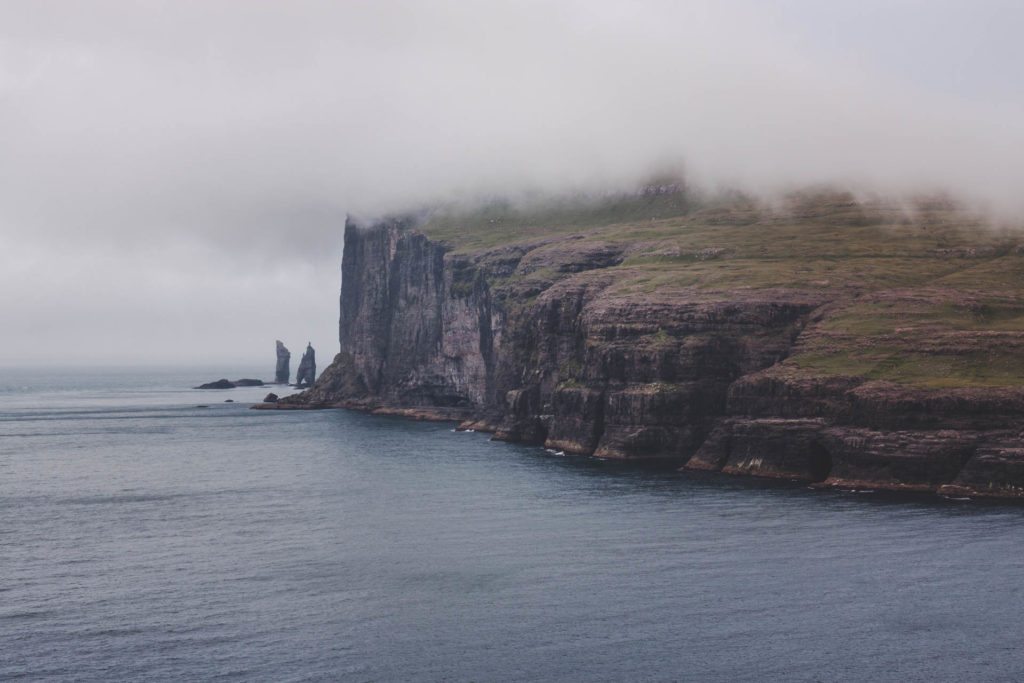

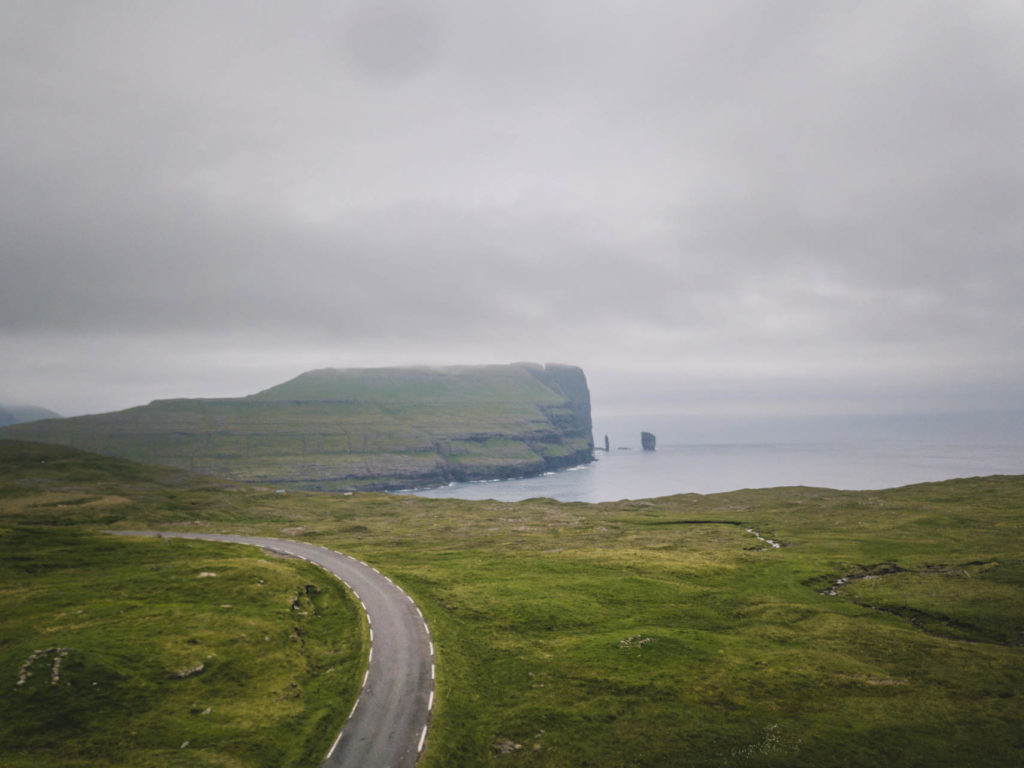
Some Trolls were turned into stone in the Faroes as well. Exactly that happened to a troll-woman trapped on the island of Vágar. She too arrived with a plan of stealing the beautiful land and bringing it to Iceland. And just like the Giants, she too could only work in the dead of night. When sunlight touched her skin, she turned to stone and fell off a cliff straight into the sea. She was so enormous that her head and a finger are sticking out above the level of water. Her head is the island of Koltur, inhabited by two people only, Bjørn and Lukka Patursson. Her finger is the characteristic rock called Trøllkonufingur, located near the town of Sandavagur. You can see it as soon as you arrive at Faroe Islands, since it’s clearly visible when leaving the airport. The real adventure seekers climb the troll’s finger, but it doesn’t alway end well. In 1844, a member of the Royal Danish entourage got on the troll’s finger, got off, and then realized that he had lost a glove on the rock. So he climbed back on it and… he never came back.
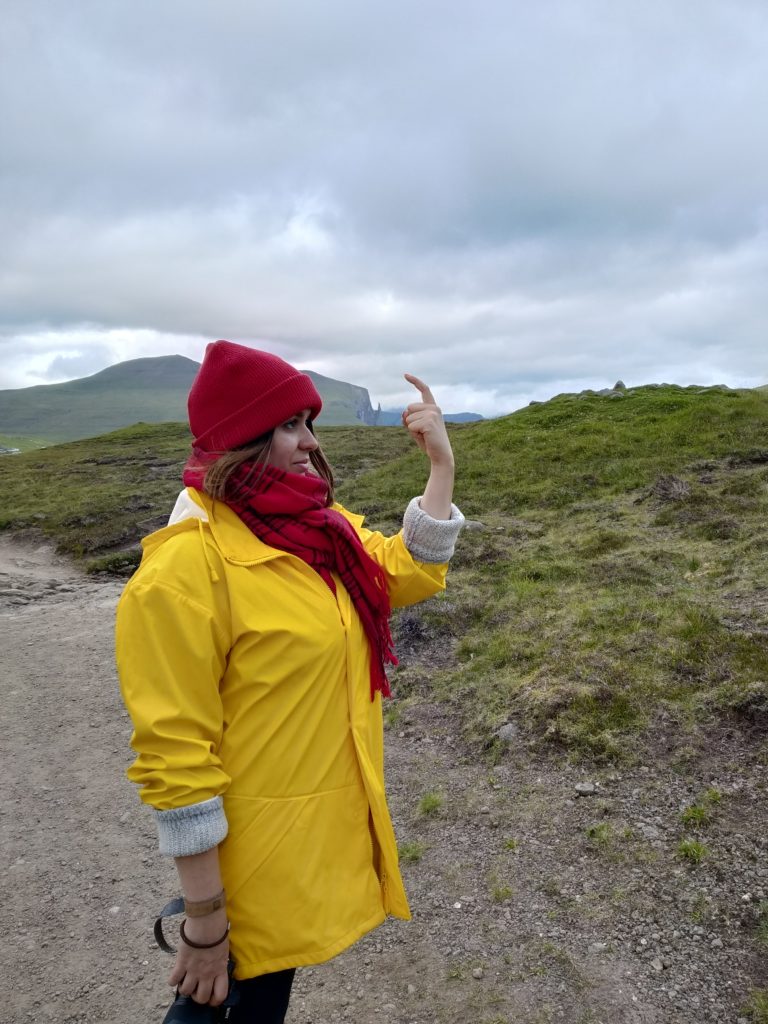
Three gifts for the people of Mykines
We finish off our magical trip on the island of Mykines. So let’s hop on the ferry and go to the place where a long, long time ago an epic battle between a man and a giant took place. The latter, named Tórur Rami, wanted to take possession of Mykines, but he was opposed by a native inhabitant of the island, a man named Óli Rami. One day the giant set out to conquer the island. Óli Rami spotted a giant figure, got scared and began to run west. He ran and ran, but the giant kept getting closer. When he had nowhere else to run, Óli Rami used his magic and separated Mykineshólmur from the rest of the island. This way an islet was created, to which people can now get only by a narrow metal bridge. Eventually, the giant got to the islet (he was a tall dude, so he just jumped from one island to the other) and they fought for a long time. In the end, Óli Rami won and threatened to kill the giant. Tórur Rami asked for mercy and in exchange for saving his life, he offered three gifts to the inhabitants of Mykines. The only condition was that people were not allowed to ever complain about them.
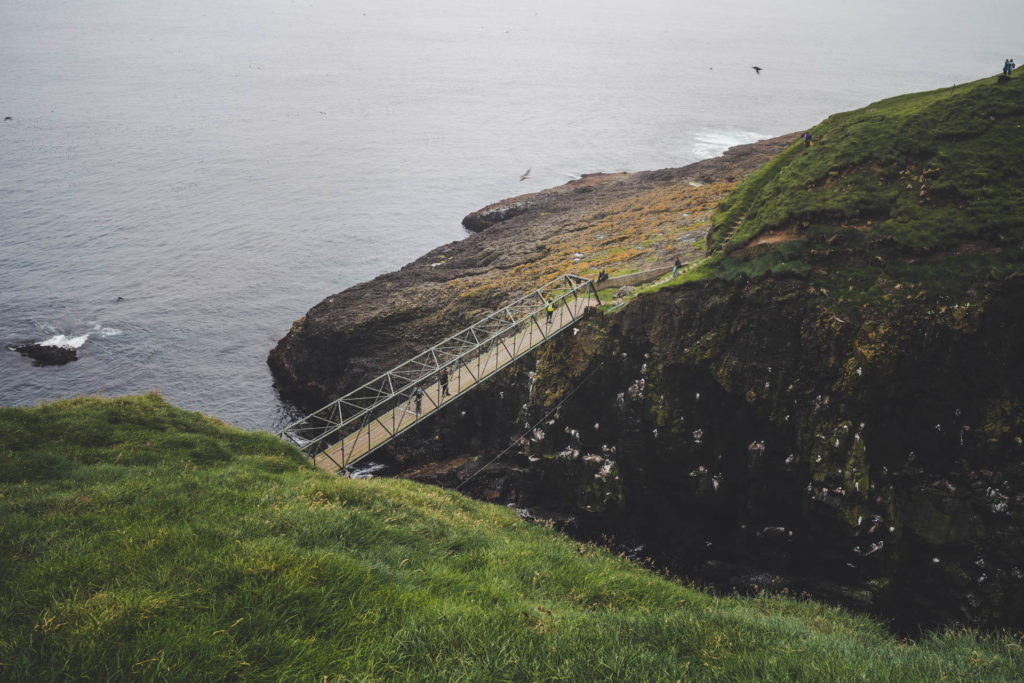
Giant’s first gift to the people was a huge whale, which appeared once a year in the Hvalagjógv bay. He no longer shows up because people have complained about him. There is a bit of uncertainty as to why however. I found information that the inhabitants of Mykines ate whale meat and then they had diarrhea. Seems a legit reason to be complaing about. I just don’t know the reason behind the whale’s dissapearance. It is quite logical that when he was eaten he disappeared, isn’t it? But I suspect it’s more a case of a) it was a magical whale and even though people ate it, he still returned every year, or b) the gift was not one particular whale, but a different whale they ate every year. Anyway, now there aren’t any whales off the coast of Mykines and that is very sad news because I wanted to see one!
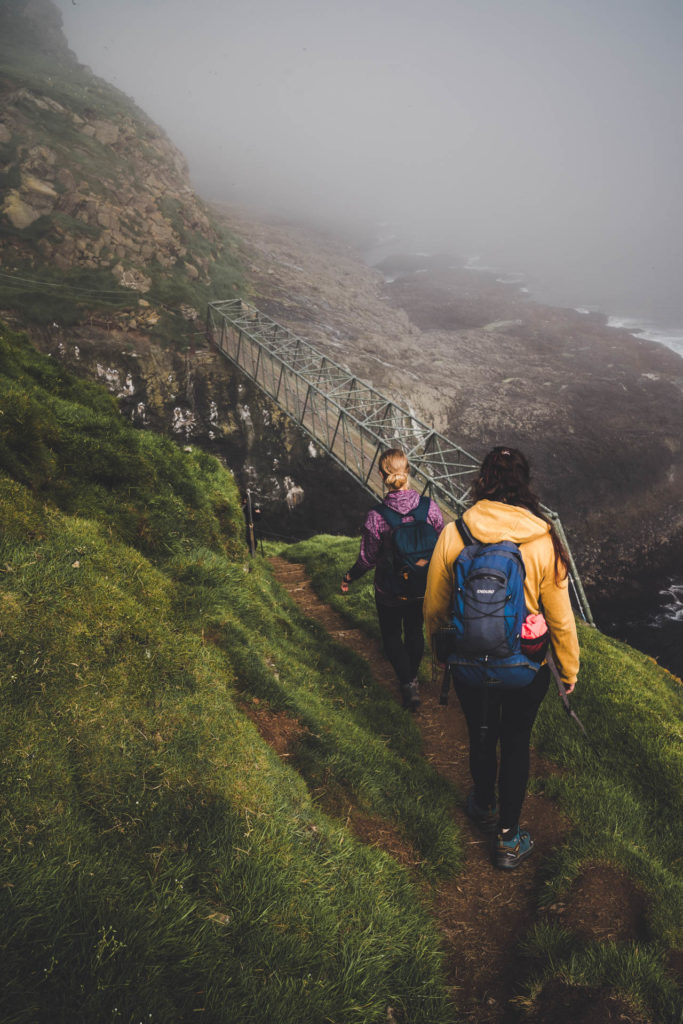
A giant tree was the second gift that the giant prepared for people. First thing you need to know is that trees are not a common thinf in the Faroe Islands. They do not grow due to the basalt ground and strong winds. The ones that you can now see in the Faroes were brought by people in the 70s. The residents of Mykines wanted to use the magic tree to build a church, but they couldn’t help themselves and complained about how shabby it was. And so just as magicaly as it appeared the tree withered.
The last thing Tórur Rami offered to the people were gannets. To this day, these birds can be found in the Faroe Islands but only in one spot. On the tiny islet of Mykineshólmur. When you see them, be sure not to complain about them (even if they shit on you). If they were to dissapear it would make people of Mykines really angry.
And that’s where we end our magical adventure. I’m sure there are many other stories and tales to be recalled, but these are the places that I visited during my trip and wanted to tell you about them. If you know any myths and legend about the Faroe Islands please let me know in the comments. I love reading about them!
Balmas
Freelancer, also known as an unemployed. Etnographer and photographer. She spends most of her free time in Photoshop or Lightroom. The sole purpose of her life is to travel around the world (on top of her must-see list are thecountries where she can stuff her face with tacos). She values people who understand irony. Enjoys minigolf as well. When she grows up she'll run her own hostel and a restaurant. She decided to start writing a blog only because she wants someone to send her a Boosted Board ;)
Podobne posty
29 August 2019

